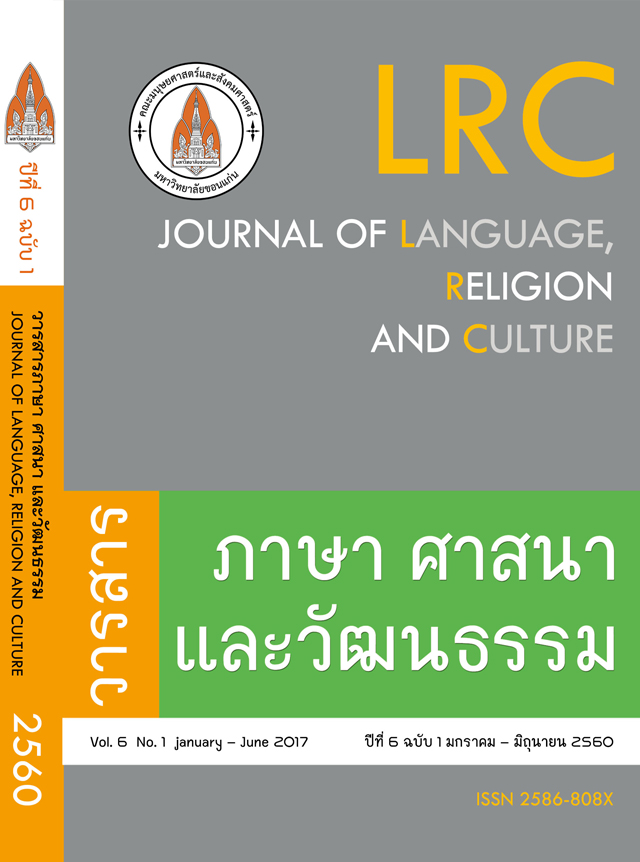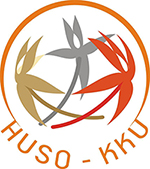"รูปปรมัตถ์" กับ "ร่างกาย" ในพุทธศาสนาเถรวาท; “Corporeality” and “Body” in Theravāda Buddhism
Keywords:
รูปปรมัตถ์, ร่างกาย, จิต, เจตสิก, Form/Corporeality, Body, Mind, Mental FactorsAbstract
“รูปปรมัตถ์”กับ “ร่างกาย” ในพุทธศาสนาเถรวาท
บทคัดย่อ
บทความวิจัยนี้สำรวจแนวคิดเรื่อง “รูปปรมัตถ์” กับ “ร่างกาย” ในพุทธศาสนาเถรวาท เพื่อค้นหาความหมายและความสัมพันธ์ระหว่างแนวคิดทั้งสอง จากการวิเคราะห์รูปปรมัตถ์ทั้งหมด ไม่พบว่ารูปใดมีความหมายตรงกับร่างกายในนิยามแบบทั่วไป โดยคำสอนของพุทธศาสนาเกี่ยวกับชีวิตและกระบวนการแห่งชีวิตนั้น รูปปรมัตถ์เป็นความจริงที่มีอยู่แบบสัมพัทธ์กับนามปรมัตถ์ (จิตกับเจตสิก) แต่ร่างกายเป็นผลลัพธ์ที่ปรากฏขึ้นจากการประชุมกันของนาม-รูป ไม่ใช่สภาวะธรรมชาติ แต่เป็นเพียงรูปปรากฏของความจริงปรมัตถ์สามส่วนทำงานด้วยกัน ร่างกายจึงไม่ใช่ความจริงอิสระด้านคู่ตรงข้ามของจิตใจ
“Corporeality” and “Body” in Theravāda Buddhism
Abstract
This research article explores the concept of “form” or “corporeality” (Pāli: rūpa) and “body” (Pāli: kāya) in Theravāda Buddhism with its purpose to find out their meanings and relationships. What we have learnt from the analysis of all kinds of form is that none of them is compatible with the common definition of “body.” All types of form are ultimate realities existing in dependence upon the mind (Pāli: citta) and its changing factors (Pāli: cetasika). But “body” is the outcome of their aggregation. “Body” is neither a set of ultimate realities nor a natural state. It is merely a physical phenomenon. Therefore, there is no factual dichotomy between the mind and the body in Buddhism.Downloads
Published
2017-03-13
How to Cite
มหณรงค์ชัย ส. (2017). "รูปปรมัตถ์" กับ "ร่างกาย" ในพุทธศาสนาเถรวาท; “Corporeality” and “Body” in Theravāda Buddhism. JOURNAL OF LANGUAGE, RELIGION AND CULTURE, 6(1), 98–117. retrieved from https://so03.tci-thaijo.org/index.php/gshskku/article/view/73282
Issue
Section
บทความวิจัย







